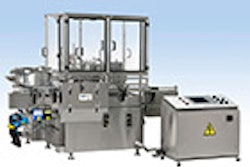
Fundamentally, outsourcing changes the business model and introduces many challenges.
If your own organization hasn’t jumped onto the bandwagon and outsourced most or all of its manufacturing to specialty houses or to lower-cost countries, then you have been reading a great many articles and posts about the trend. There is much debate over the effectiveness of the strategy, the effect it has had on “American” brand quality, and the effect it is having on the U.S. economy and its ability to pull out of the current recession.
In some cases, it has proven to be a good move. In some cases, it has proven disastrous.
Let’s set the scenario with a medium-to-large size business that is bought by a large corporation or a holding company. At the time of the takeover, the business manufactures and assembles its custom and unique parts and only sources materials and standard parts, such as assembly hardware. However, some time after takeover, the greater corporate entity directs the business to outsource its manufacture and to remain solely an assembly house.
At the boardroom table, the decision seems to make a great deal of sense. The business can leverage the corporation’s agreements with high-volume, quality-proven, manufacturing houses for better pricing. The inexpensive cost of doing business with lower-cost countries appears to offset the shipping and inventory costs associated with the global environment. It also enables certain components to be made from composites and plastics instead of choosing to make them using the equipment and processes so far used in-house, meaning that those component costs can be reduced as well. The savings predicted over time are substantial.
[Continue reading...]























